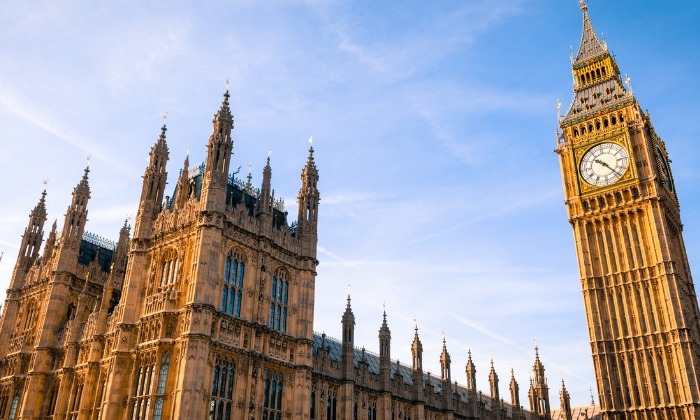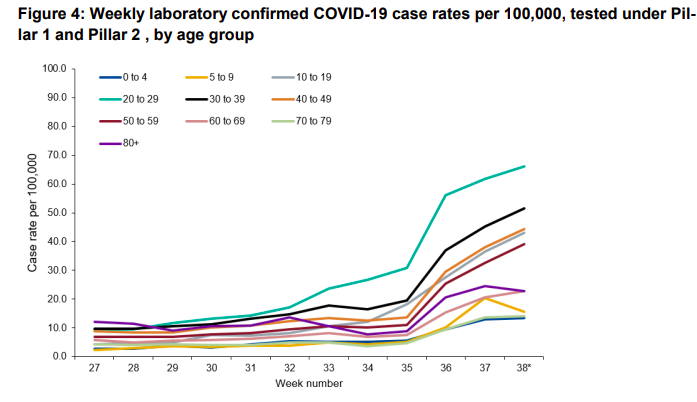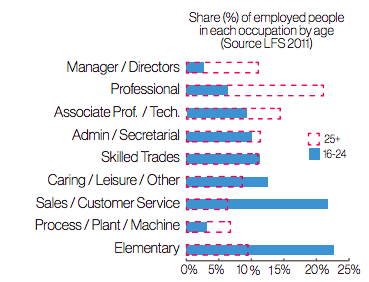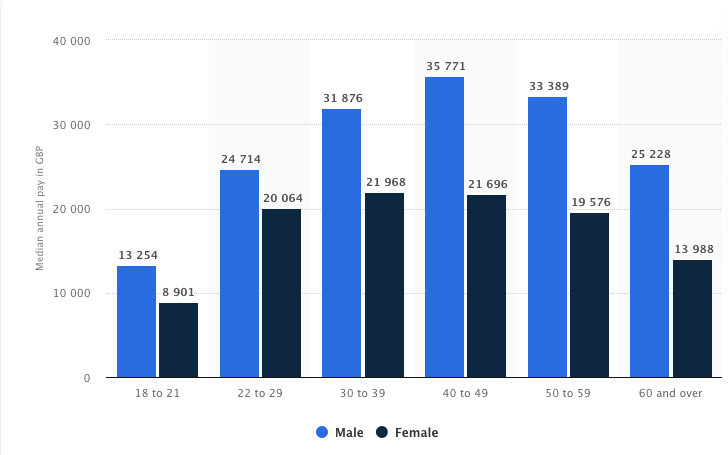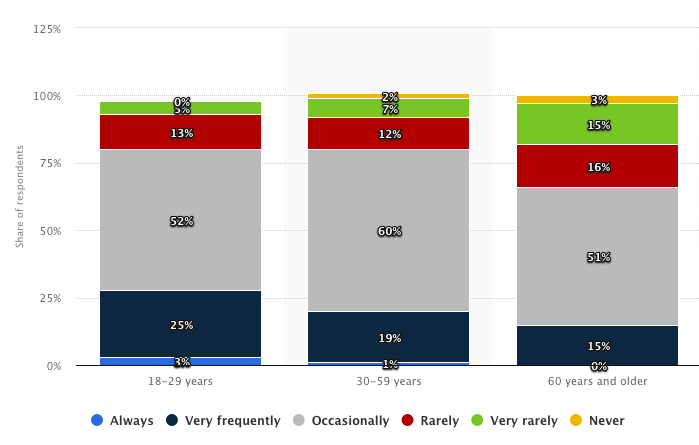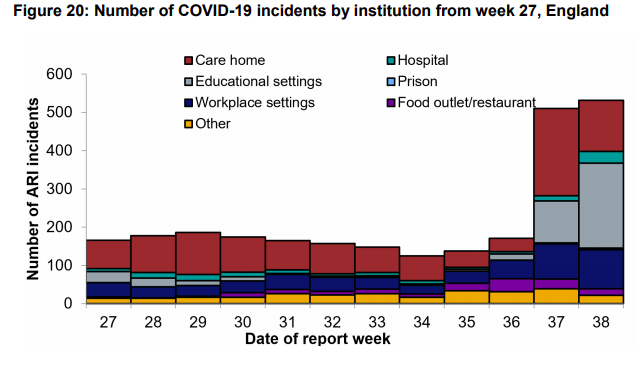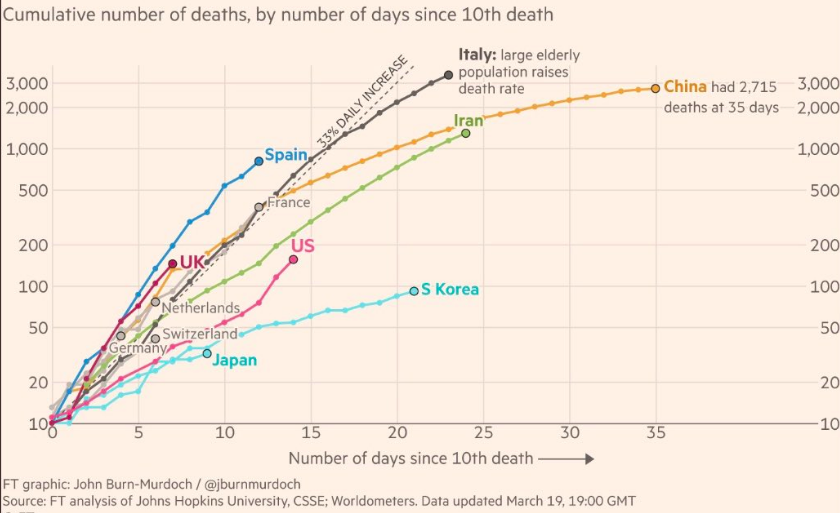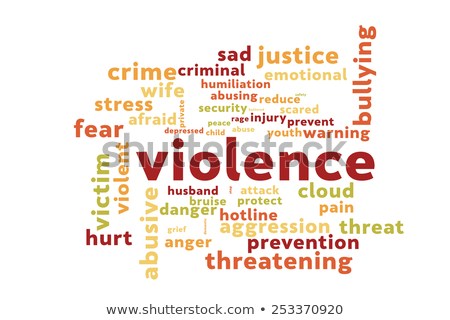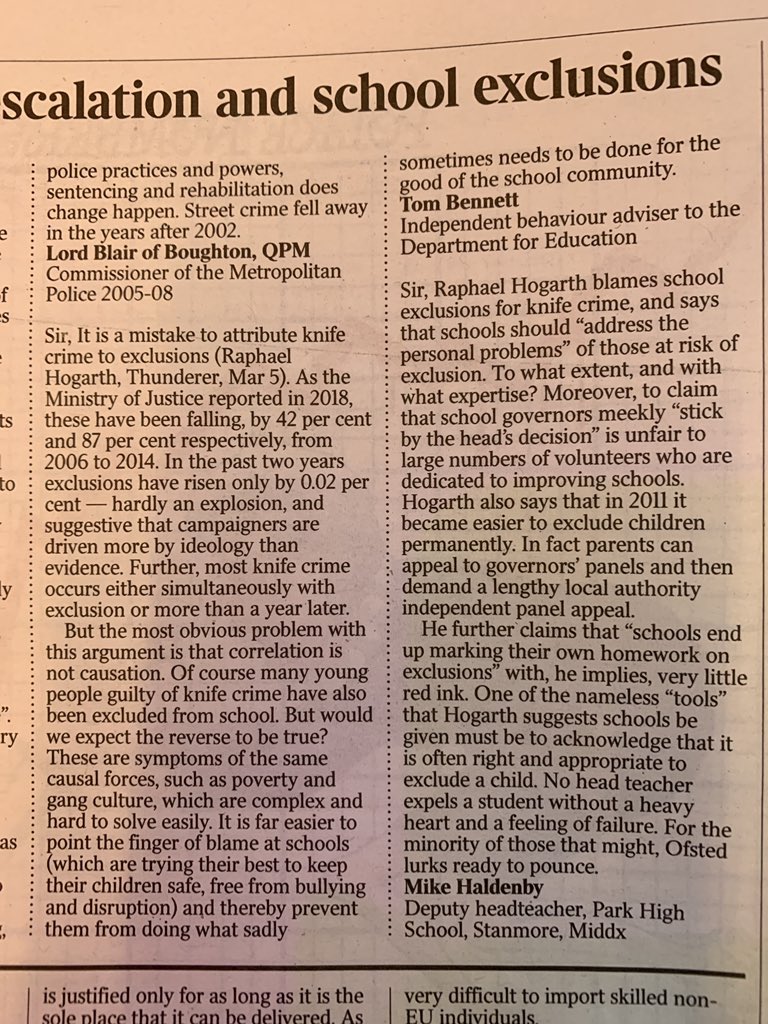There is nothing inherent in human-ness that means teenage bowel movements must be policed. Young people are not innately bad actors for whom suspicion equals due diligence. Erecting barricades that block children from accessing toilets is a visible symptom of a failed system.
The fact these ‘policies’ exist across many secondary schools demonstrates a catastrophic failure of imagination and the internalisation of harmful ideologies. Our minds are so captured by fallacious ideas like ‘standards’, ‘results’, ‘accountability’ and ‘competition’ that we cannot see how they limit our vision and shape conceptions of ‘good practice’. As students protest, often supported by parents, the reaction of the media and some senior teachers has been both predictable and lamentable. Robbing people of their rights and labelling protestation as ‘rioting’ is an ancient refrain of power holders. It is also fashionable to blame social media and ridicule the concerns of teenagers, which ignores the actual causes which are more complex. The school system is a tinderbox; toilet policing is a spark.
Modern schooling is a credentialing game where teachers are held to such high account for the delivery of pre-fabricated curricula and the moulding of human beings into examination drones that few contrary values or rights can co-exist. In some cases this includes the right of children to, staggeringly, access toilets. We have become a society so focussed on policing ‘misbehaviour’ or ‘non-compliance’ that removing basic, fundamental human rights for all children in a community is justified. What lesson do young people learn from this other than resentment?
The problems extend far beyond the WC. Once they reach the crunch years and GCSE pressure begins to bite, young people are unable to exert any control, whatsoever, ever, over what content they cover, how they learn, who they learn with or for how long. Their emotional health, aspirations and individuality are sidelined. This process accelerates in year 9 due to government policies that demand academic ‘progress’ in a fashion so aggressive that schools feel compelled to begin gaming the system by narrowing curriculum earlier. That said, whilst pressure intensifies in secondary school, the damaging impact of an education shaped around standards instead of people begins with SATs in year 6. As one young person put it, children as young as 10 learn that ‘extreme levels of anxiety or stress and depression are normal’.
A report released this week found that for nearly one in two 15-16 year-old young people in England, school is ‘not an enjoyable or meaningful experience’, but something they feel they must ‘get through’. Many ‘secondary schools have adopted teaching methods that many young people experience as alienating and stressful’ and students feel ‘forced to learn subjects of little interest to them’. This is particularly tough for young people who are identified as having ‘special education needs’. As a psychologist working in the school, prison and Pupil Referral Unit sectors, I can tell you the damage caused by schooling is profound, widespread and can have lifelong implications for our young people. Many of those I meet are extremely angry. They feel unheard, betrayed and utterly disempowered.
In turn, teachers are subject to an all-encompassing coercion. Of course, many school leaders are equally frustrated, react in divergent ways and do not agree that barring toilets is legitimate. We have mountains of data that reveal the pernicious impact of school cultures as expressed by students, teachers and parents alike. Persistent absence has increased astronomically and more and more families are choosing to home educate their children rather than send them to school. These trends were observable pre-COVID. Justifying a system that stops toilet visits, prohibits student-teacher relationships, excludes thousands, off-rolls countless more and consigns a third to failure based on a computerised algorithm requires serious cognitive gymnastics. Teachers are increasingly unwilling to jump through the hoops or remain complicit and are leaving the profession in droves. Retention and recruitment is more difficult than ever.
The prevailing narratives of standards, rigid success criteria and forced compliance have petrified normal human interactions, introduced Us versus Them dynamics and set people against one another. Students versus teachers, teachers versus parents, teachers versus academics, schools versus local authorities, schools versus Ofsted, professionals versus families and numerous other combinations of discordant relationship are normalised. None of this is ‘normal’. Systemic distrust is not a natural feature of social systems. It grows upon a bedrock of ideological poison and oppressive practices that maintain the status quo.
It is absolutely possible for all children to experience an education that does not require adults to undermine their most basic rights. Assembling barriers to block toilet access is not a consequence of common sense. It is the outcome of ideas that have silently recruited our consciousness and have buried their talons so deep that most are unaware of their absurdity. We can do better than this.

